Home>Dining>Events & Etiquette>What To Write In A Dinner Invitation
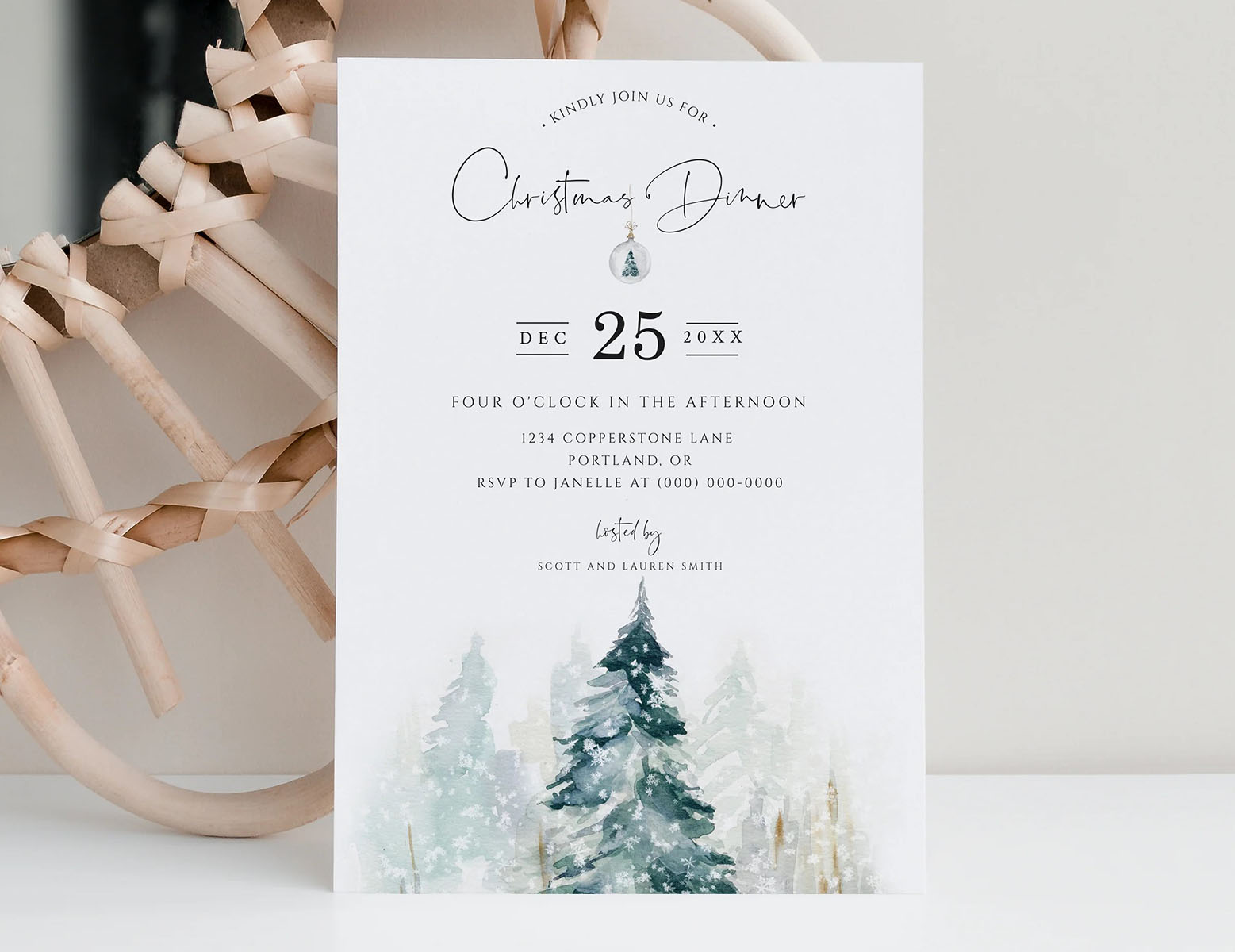

Events & Etiquette
What To Write In A Dinner Invitation
Modified: January 4, 2024
Looking for proper etiquette for writing a dinner invitation? Discover helpful tips and guidelines for hosting a successful and memorable dinner event.
(Many of the links in this article redirect to a specific reviewed product. Your purchase of these products through affiliate links helps to generate commission for Storables.com, at no extra cost. Learn more)
Introduction
When it comes to hosting a dinner party or any special event, sending out invitations is an essential step to ensure your guests are well-informed and excited to attend. But what should you write in a dinner invitation? Crafting a well-written invitation is not only about providing the necessary details but also about setting the right tone and capturing the essence of the event. From personalized greetings to conveying event details and instructions, each element plays a crucial role in creating an engaging and informative invitation.
In this article, we will explore ten important components to include in your dinner invitation that will impress your guests and make them eagerly anticipate the upcoming event. Let’s dive in!
Key Takeaways:
- Personalized greetings and clear event details set the tone for a warm and engaging dinner invitation, ensuring guests feel valued and excited to attend.
- Including menu highlights and dress code information builds anticipation and ensures guests are prepared for a delightful and visually appealing dining experience.
Personalized Greetings
One of the key elements in writing a dinner invitation is to start with a warm and personalized greeting. Addressing your guests by their names and using a friendly tone helps create a welcoming atmosphere right from the start. Whether you’re close friends, family members, or colleagues, starting with a personalized greeting sets the tone for a more intimate and enjoyable event.
Consider using phrases like “Dear [Guest’s Name],” or “Hello [Guest’s Name],” to make your invitation feel more personal. If you’re hosting a larger event and sending invitations to multiple guests, make sure to address each guest individually, ensuring that everyone feels valued and included.
If you share a special connection with some of the guests, such as old friends or relatives, take the opportunity to include a fond memory or inside joke in the greeting. This personal touch helps create a sense of nostalgia and anticipation for the upcoming gathering.
Remember to choose a greeting style that aligns with the overall atmosphere of the event. For a formal dinner party, a more traditional greeting is appropriate, while a casual gathering among friends may call for a more relaxed and informal approach. Tailoring your greeting to the event’s tone helps set the right expectations for your guests.
In addition to personalizing the greeting, consider adding a brief sentence expressing your excitement to have them join you for the event. This simple gesture shows your guests that their presence is valued and builds excitement and anticipation for the upcoming dinner.
Overall, a personalized greeting in your dinner invitation sets the stage for a warm and inviting event, ensuring your guests feel valued and eagerly anticipate sharing this special occasion with you.
Event Details
After the personalized greeting, it’s crucial to provide your guests with clear and concise event details in your dinner invitation. This section should answer the most basic questions your guests may have, such as the purpose of the event, the occasion being celebrated, or the reason for gathering.
If you’re hosting a special birthday dinner, mention whose birthday it is and their milestone age, if applicable. If it’s a holiday-themed dinner, specify the holiday you’re celebrating. By including these details, you set the stage for the event and give your guests a better understanding of the overall theme and purpose.
Next, provide a brief overview of the event agenda. For example, if you plan to have a cocktail hour before dinner, mention it in this section. If there will be speeches or special performances during the event, include a line or two about it to pique your guests’ interest.
Additionally, include any important information about the venue. If the dinner will be held at your home, provide the address and any specific instructions or directions that may be necessary for finding your house. If the event is taking place at a specific restaurant or venue, be sure to include the name and location. You may also want to mention any unique features about the venue, such as a stunning view or historical significance.
By sharing these event details, you allow your guests to mentally prepare for the occasion and arrive with appropriate expectations. It also helps them understand the flow of the event and what to anticipate, ensuring a smooth and enjoyable experience for everyone.
Date and Time
One of the fundamental elements of a dinner invitation is providing clear information about the date and time of the event. This ensures that your guests know when to mark their calendars and can make the necessary arrangements to attend.
Start by clearly stating the date of the event. Use specific language such as “Saturday, July 24th” or “Friday, October 15th” to avoid any confusion. If the event spans multiple days, be sure to include the entire date range, such as “Friday, November 5th to Sunday, November 7th.”
Once the date is established, provide the start time of the event. Specify whether it is a morning, afternoon, or evening affair. For example, “The event will begin at 6:00 PM” or “Join us for a delightful brunch starting at 10:00 AM.”
In addition to the start time, consider providing an estimated end time. This helps your guests plan their schedule and ensure they are available for the full duration of the event.
If you have a specific agenda or timeline for the evening, let your guests know. For example, if there will be a cocktail hour before dinner or a special toast at a certain time, include these details in the invitation. This helps your guests better plan their arrival and ensures they don’t miss any important moments.
Lastly, it’s essential to include any relevant information about time-related considerations, such as whether the event will be punctual or if there will be a grace period for late arrivals. This helps set expectations and ensures that everyone arrives on time.
Remember to double-check the accuracy of the date and time information in your invitation to avoid any confusion or inconvenience for your guests. By providing clear and accurate details, you empower your guests to plan accordingly and be fully present for your dinner event.
RSVP Information
While planning a dinner event, it is crucial to know how many guests will be attending. Including RSVP (Répondez s’il vous plaît) information in your invitation allows you to gather accurate guest counts and plan accordingly for seating, catering, and other logistics.
Start by clearly specifying the deadline for RSVPs. This date should give your guests enough time to check their schedules and respond but should also allow you ample time to make final preparations for the event.
Next, provide multiple ways for your guests to RSVP. Offering various options makes it convenient for guests to respond in the manner they are most comfortable with. Common RSVP methods include phone or email, but you may also consider creating an online RSVP form or directing guests to a dedicated event management website for RSVP purposes.
When requesting an RSVP, provide specific instructions for how guests should respond. Include the contact information they should use (phone number, email address) and any specific details they need to provide, such as their name, the number of guests attending, or any dietary restrictions they may have.
Consider using a friendly and encouraging tone when requesting RSVPs. Express your excitement to host them and emphasize how important their response is for your event planning purposes. You can use phrases like “Kindly RSVP by [deadline]” or “We would be delighted to have you join us. Please let us know if you can attend by [deadline].” This creates a sense of importance and urgency while maintaining a warm and inviting atmosphere.
Finally, it’s crucial to follow up with those who haven’t responded as the RSVP deadline approaches. This courtesy ensures that you have an accurate guest count and can make any necessary adjustments to your plans or seating arrangements.
By including clear and detailed RSVP information in your dinner invitation, you streamline the planning process and ensure that you can provide the best experience for your guests.
Special Instructions or Theme
If your dinner event has any special instructions or a specific theme, it’s important to communicate this information clearly in your invitation. Special instructions provide guests with important details they need to know before attending your event, while a theme sets the tone and allows guests to prepare accordingly.
Start by outlining any specific instructions that may be relevant to your event. For example, if your dinner will be held outdoors, let your guests know so they can dress appropriately. If the venue has specific rules or regulations, such as no outside food or restricted parking, include these instructions as well.
If there are any specific requirements or preparations that guests need to make, such as bringing a dish to share in a potluck-style dinner, let them know in advance. This ensures that everyone is prepared and contributes to the overall success of the event.
Additionally, if your dinner event has a specific theme, be sure to include this in the invitation. Whether it’s a costume party, a themed menu, or a cultural celebration, mentioning the theme allows your guests to get excited and potentially plan their attire or bring something relevant to the theme.
When describing the theme, use descriptive language to create anticipation and excitement. For example, if the theme is a Hawaiian Luau, you could mention how guests can expect tropical decorations, hula dancing, and a menu featuring Hawaiian-inspired cuisine.
Make sure to provide any additional information or resources guests may need to fully embrace the theme. For example, if the theme is a 1920s Great Gatsby party, you might suggest guests arrive in era-appropriate attire and provide a link to a playlist of jazz music from that era.
Overall, including any special instructions or a theme in your dinner invitation adds a layer of excitement and anticipation for your guests while ensuring they are well-prepared and can fully participate in the event.
When writing a dinner invitation, be sure to include the date, time, location, and RSVP information. You can also mention the dress code and any special instructions for guests.
Menu Highlights
When hosting a dinner event, one of the most anticipated aspects for guests is the food. Including menu highlights in your dinner invitation not only builds anticipation but also provides guests with a sneak peek into the culinary delights they can expect to indulge in.
Start by mentioning some of the standout dishes or menu items that will be served. If there are any signature dishes or specialties that your guests shouldn’t miss, make sure to highlight them. You can use enticing language to describe the flavors, ingredients, and preparation techniques used in these dishes, creating a sense of mouthwatering anticipation.
If your event is a themed dinner with menu in line with the theme, mention how the menu reflects that theme. For example, if you’re hosting a Mediterranean-themed dinner, you can emphasize the use of fresh herbs, olive oil, and traditional Mediterranean ingredients in the dishes.
If you have any dietary options or alternatives available, such as vegetarian or gluten-free choices, make sure to mention them as well. This shows your consideration for your guests’ dietary needs and ensures that everyone can enjoy the meal without any restrictions.
However, be mindful of not providing an exhaustive menu in the invitation. It’s better to provide a curated selection of highlights rather than overwhelming your guests with a lengthy list of every dish that will be served.
Including menu highlights in your dinner invitation adds a level of excitement and allows your guests to mentally savor the culinary experience that awaits them. It also helps guests with dietary restrictions or preferences to plan accordingly and easily navigate the menu during the event.
Dress CodeSetting a dress code for your dinner event helps create a cohesive and visually appealing atmosphere. Including dress code information in your invitation allows guests to plan their attire accordingly and ensures that everyone feels comfortable and appropriately dressed.
Start by specifying the type of dress code you would like guests to adhere to. Common dress codes include formal, semi-formal, casual, or themed attire. Use descriptive language to provide further guidance on what each dress code entails.
For a formal dress code, mention that guests should dress in their finest attire, such as cocktail dresses or suits. If it’s a semi-formal event, suggest dressier options like a jacket or dress shirt for men and a cocktail dress or elegant separates for women.
If your gathering has a specific theme that extends to dress attire, provide details about the theme and any specific costume or accessory recommendations. For example, if it’s a black-tie event or a costume ball, specify the appropriate formal or costume attire that guests should wear.
It’s also helpful to mention any specific considerations guests should keep in mind, such as the weather or if the event will be held outdoors. For an outdoor event, you may recommend comfortable and weather-appropriate attire.
When communicating the dress code, always ensure a friendly and welcoming tone. Use phrases like “Please join us in your best attire,” or “We encourage you to embrace the theme and come dressed to impress.”
By providing clear dress code information in your dinner invitation, you set expectations for your guests and ensure that everyone feels confident and appropriately dressed for the occasion. This attention to detail contributes to the overall ambiance and enhances the experience for everyone attending.
Parking and Directions
Helping your guests navigate to the event location smoothly is an important consideration when organizing a dinner event. Including parking and directions information in your invitation ensures that your guests can arrive without any confusion or unnecessary stress.
Start by providing details about the parking options available. If there is on-site parking, specify whether it’s free or if there are any parking fees. Mention the number of available parking spots and any special instructions, such as designated parking areas for guests or valet parking services.
If on-site parking is limited or unavailable, provide alternative parking options nearby. This may include public parking lots, nearby street parking, or any parking garages in the vicinity. Be sure to include any relevant information about fees and the distance from the event location.
In addition to parking, provide clear and concise directions to the venue. Include the full address, including street name, city, and zip code, to ensure accuracy. If the venue is in a well-known area, mention any landmarks or notable buildings nearby that can help guests easily identify the location.
If the event is held at a private residence or a less well-known venue, consider including additional directions or landmarks that can guide guests to the exact location. Providing detailed instructions, such as specific entrance points or any unique features or signage, can be immensely helpful in avoiding any confusion.
If applicable, include any public transportation options available near the venue, such as bus routes or nearby train stations. This allows guests to plan their journey accordingly and provides alternative transportation choices for those who prefer not to drive.
Lastly, consider including contact information in case guests have any questions or require assistance with directions. This could be your phone number or email address, allowing guests to reach out for clarification or further guidance.
By including parking and directions information in your dinner invitation, you assist your guests in navigating to the event location with ease. This attention to detail ensures a stress-free and enjoyable experience for everyone attending your dinner event.
Contact Information
Providing contact information in your dinner invitation allows your guests to easily reach out to you with any questions, concerns, or RSVP updates. Including your contact information ensures effective communication and helps create a seamless event experience for everyone involved.
Start by providing your preferred method of contact, whether it’s a phone number or an email address. If you’re comfortable with both forms of communication, you can include both options to provide flexibility for your guests.
When including your phone number, make sure to specify whether you prefer calls or text messages. Some people prefer text messages as a convenient way to communicate, while others may prefer phone calls for more detailed conversations.
If you choose to share your email address, ensure that you check your inbox regularly and respond promptly to any inquiries or questions. This allows for efficient communication and demonstrates your commitment to ensuring a successful event.
Consider providing specific availability times or response timelines in your invitation. For example, you might add a note saying, “Feel free to call or text between 9 AM and 7 PM,” or “Please allow 24 hours for a response via email.”
In addition to your contact information, consider providing any additional contact details that may be relevant to the event. For example, if there is an event coordinator, include their contact information as well.
If you’re comfortable with guests contacting you via social media platforms, such as Facebook or Instagram, you can mention that as an option too. However, be mindful of your privacy settings and ensure that only invited guests can access your social media profiles.
By including clear and accessible contact information in your dinner invitation, you create an open line of communication for your guests. This allows for easy coordination, efficient RSVP updates, and ensures that any questions or concerns can be addressed promptly, ultimately contributing to the success of your dinner event.
Closing Note
As you wrap up your dinner invitation, it’s important to include a closing note that expresses your gratitude and further builds excitement for the upcoming event. A well-crafted closing note sets a positive tone and leaves your guests feeling appreciated and eager to attend.
Start by expressing your sincere appreciation for your guests’ presence and their commitment to attending your dinner event. Thank them for taking the time to RSVP and for their continued support and friendship.
Next, reiterate your enthusiasm and excitement for hosting the event. Use warm and inviting language to convey your anticipation and how much you are looking forward to sharing this special occasion with your guests.
If there are any final reminders or important details you haven’t mentioned yet, include them in the closing note. This could be a reminder to dress according to the specified dress code, bring a specific item or contribution if necessary, or any special instructions regarding arrival or entry to the venue.
Consider using an upbeat and inclusive closing phrase, such as “We can’t wait to celebrate with you!” or “Join us for an evening of laughter, joy, and delectable cuisine.”
Lastly, sign off with a warm and personal closing. Depending on your relationship with the guests, you can use phrases like “Warmly,” “With best regards,” or “Yours sincerely,” followed by your name or names of the hosts or event organizers.
Remember to proofread your closing note to ensure it conveys the intended message smoothly. Pay attention to the tone and make sure it aligns with the overall style and atmosphere of the event.
By including a thoughtful closing note, you leave a lasting impression on your guests and solidify their excitement and anticipation for your dinner event. It’s a final touch that shows your appreciation and sets the stage for a memorable and enjoyable experience for all.
Frequently Asked Questions about What To Write In A Dinner Invitation
Was this page helpful?
At Storables.com, we guarantee accurate and reliable information. Our content, validated by Expert Board Contributors, is crafted following stringent Editorial Policies. We're committed to providing you with well-researched, expert-backed insights for all your informational needs.
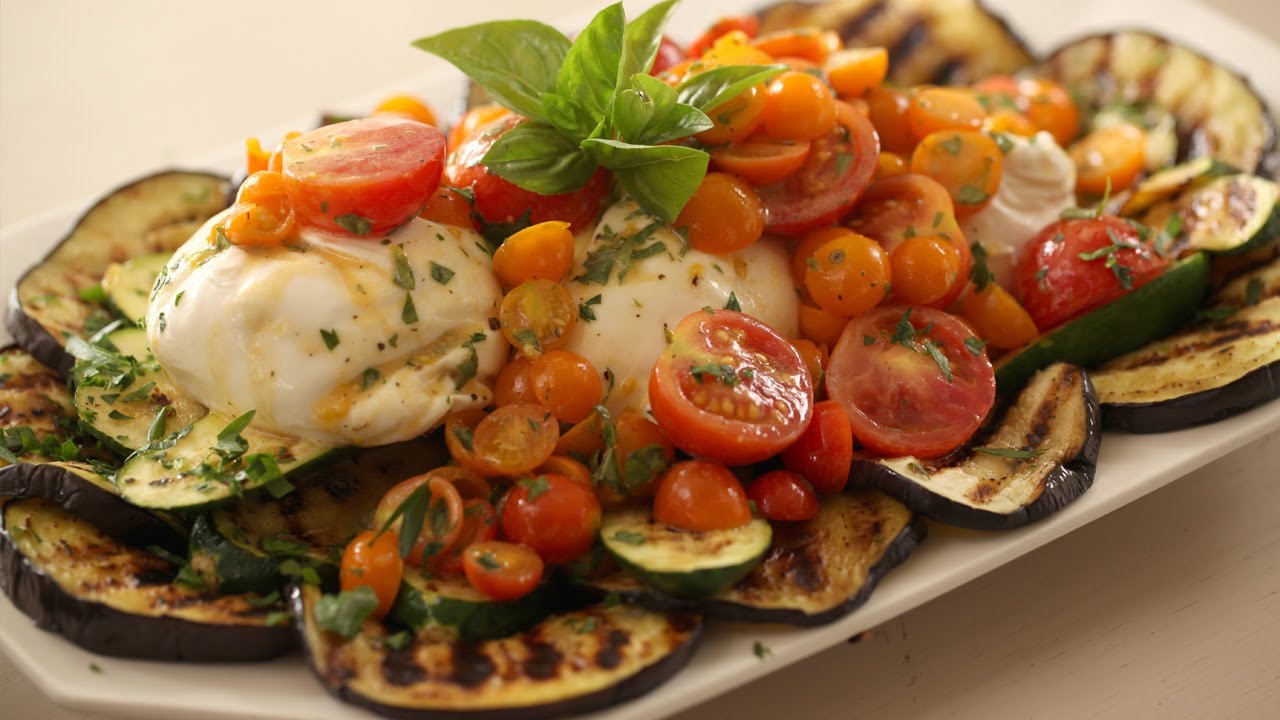
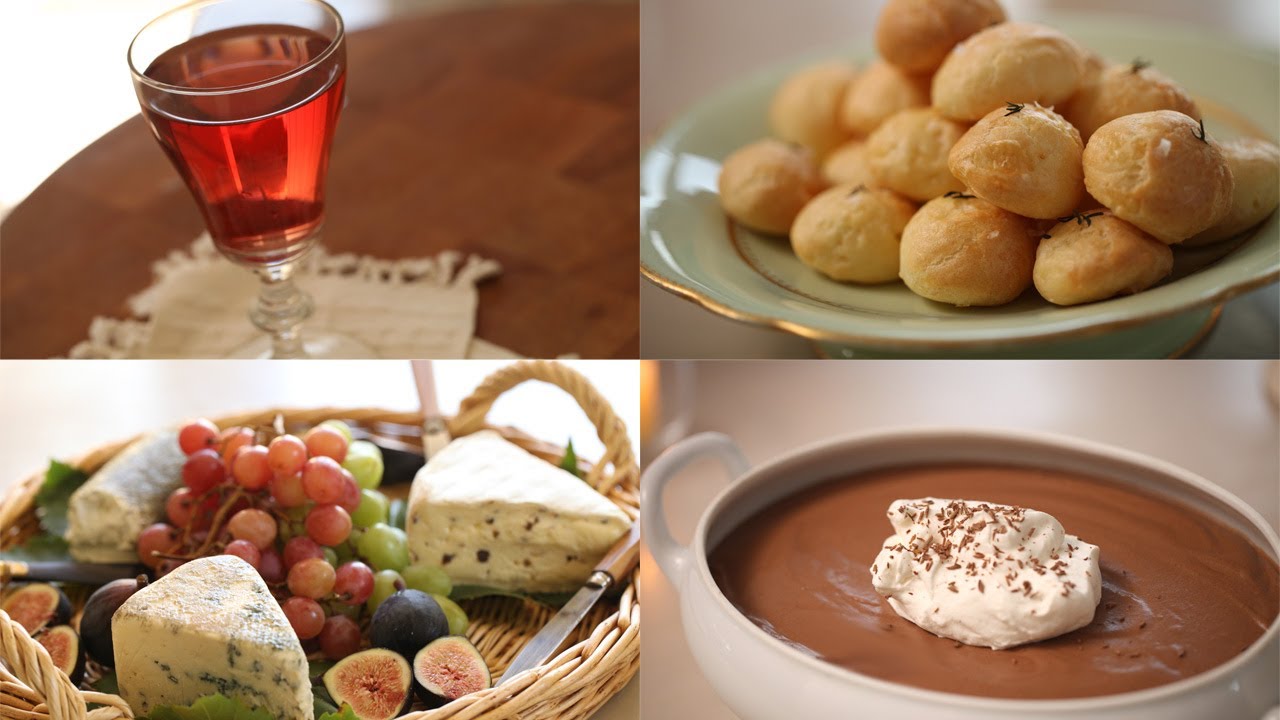
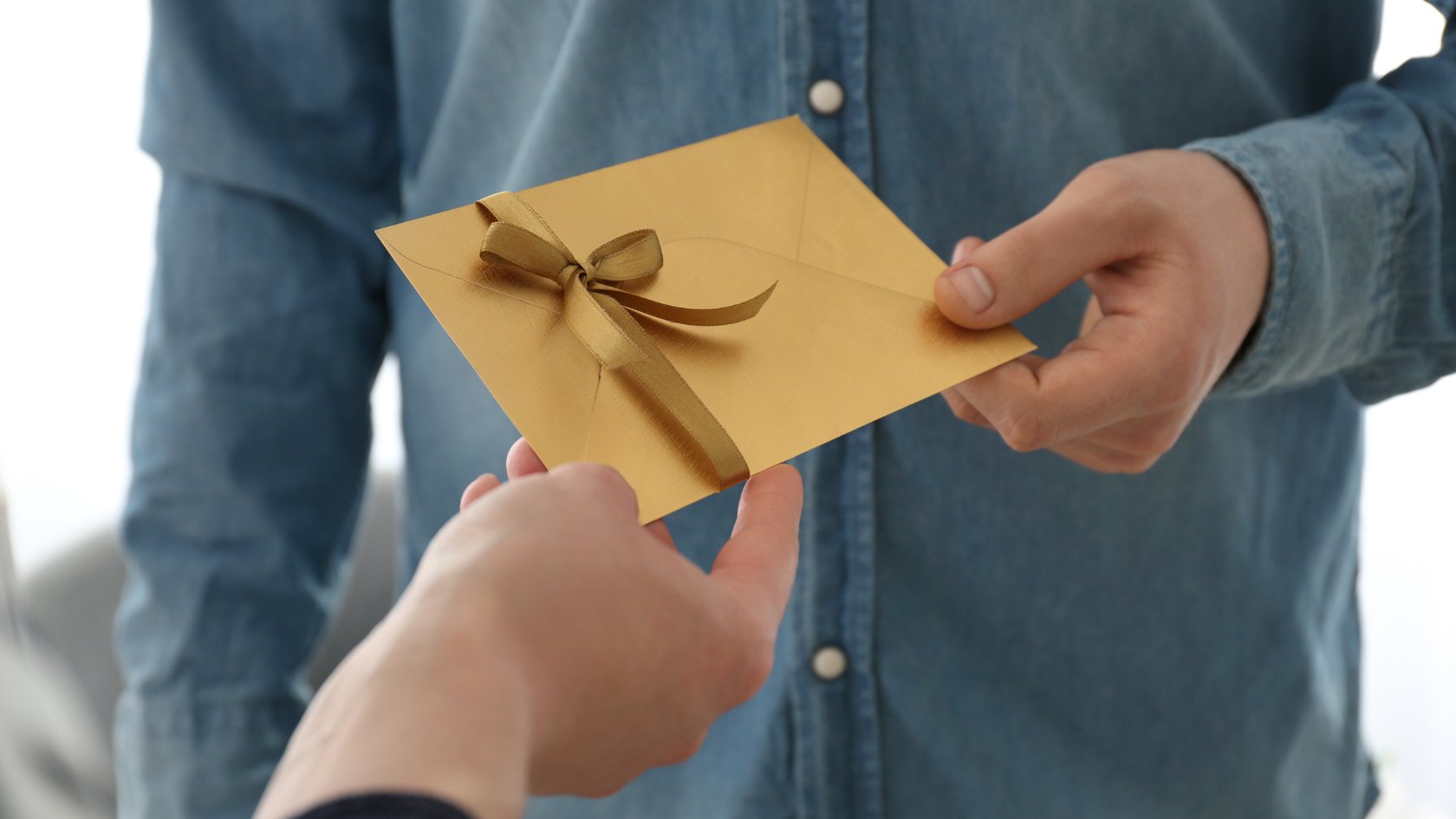
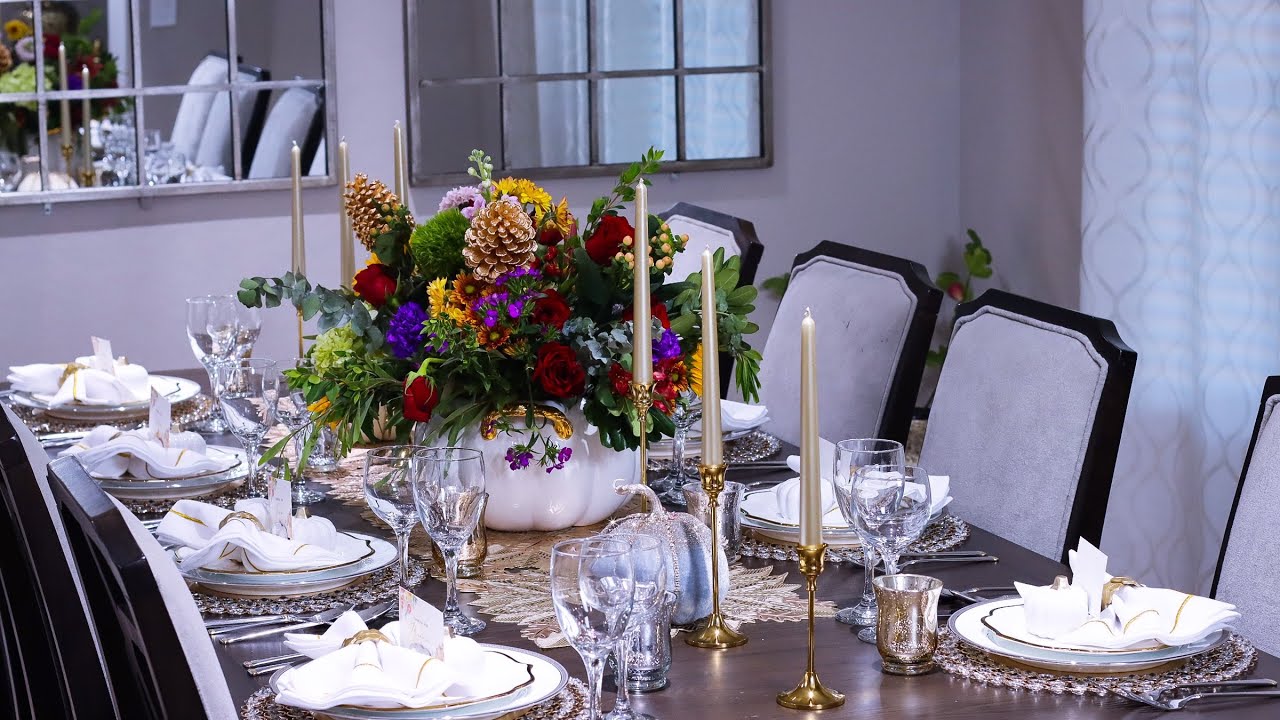
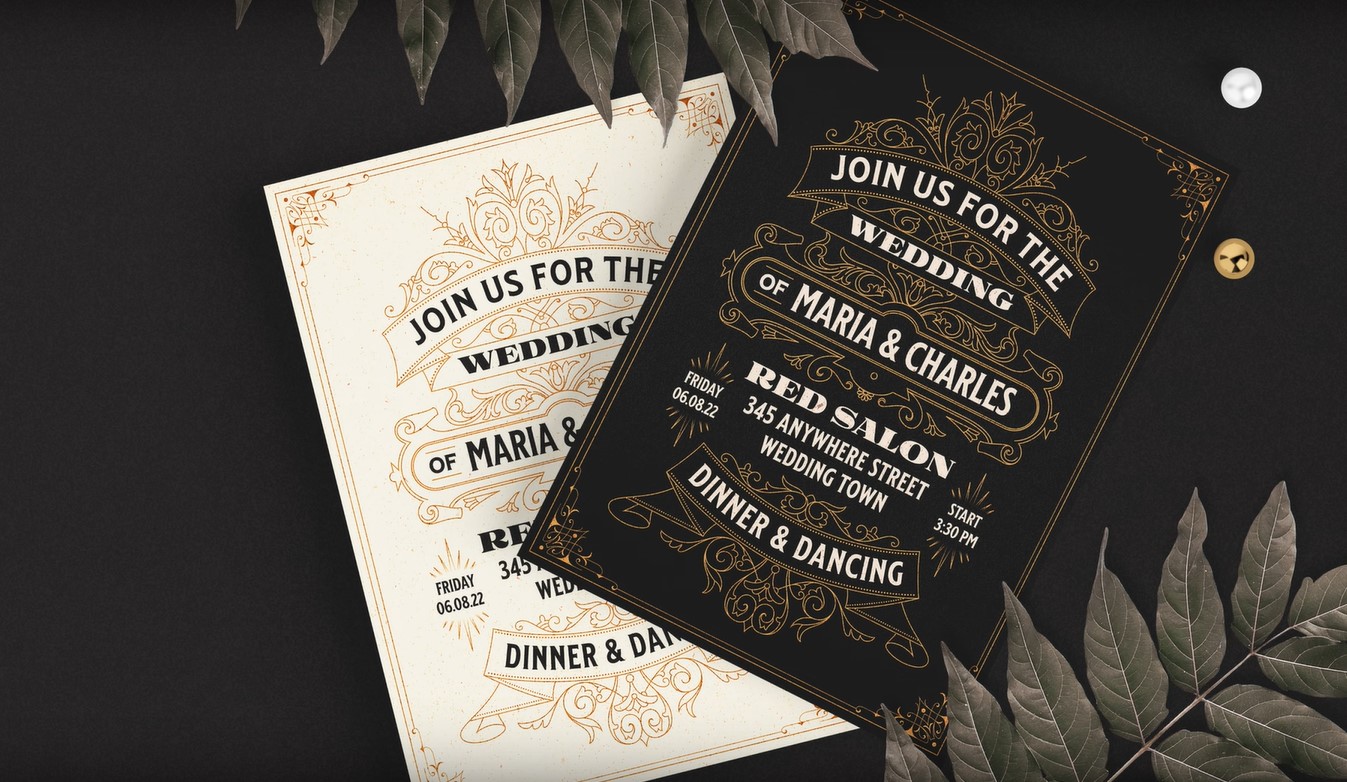
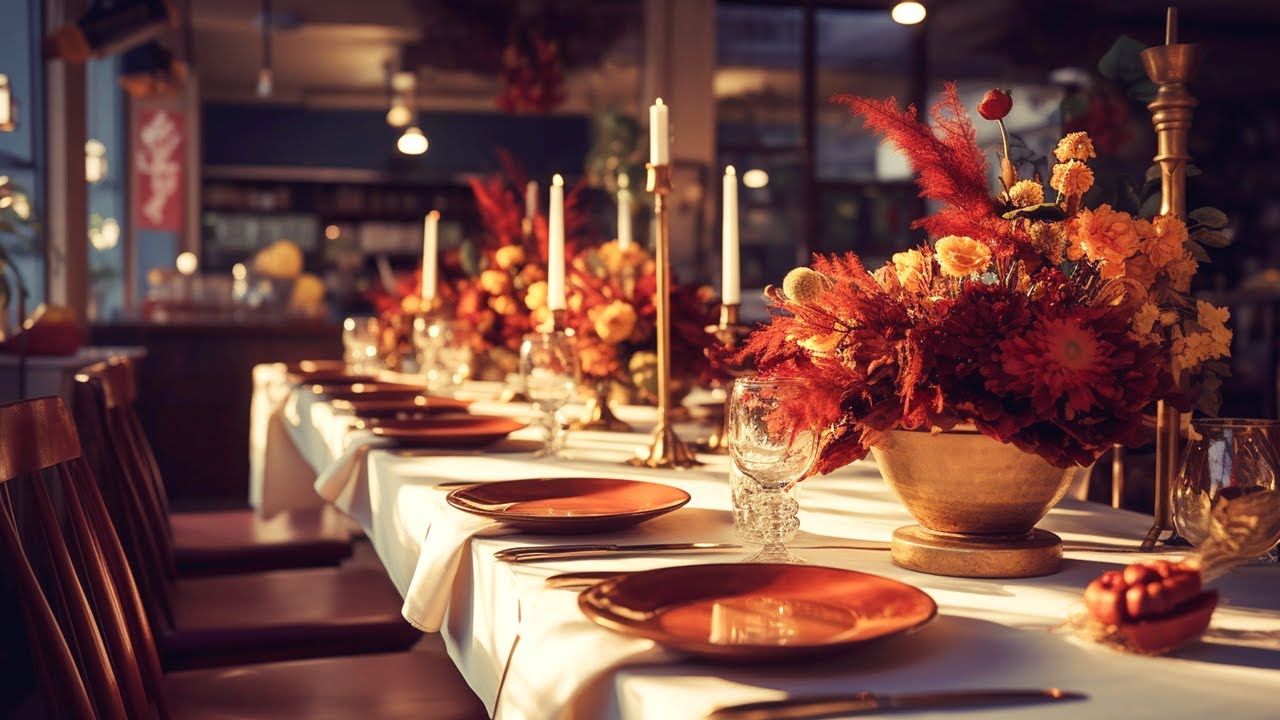
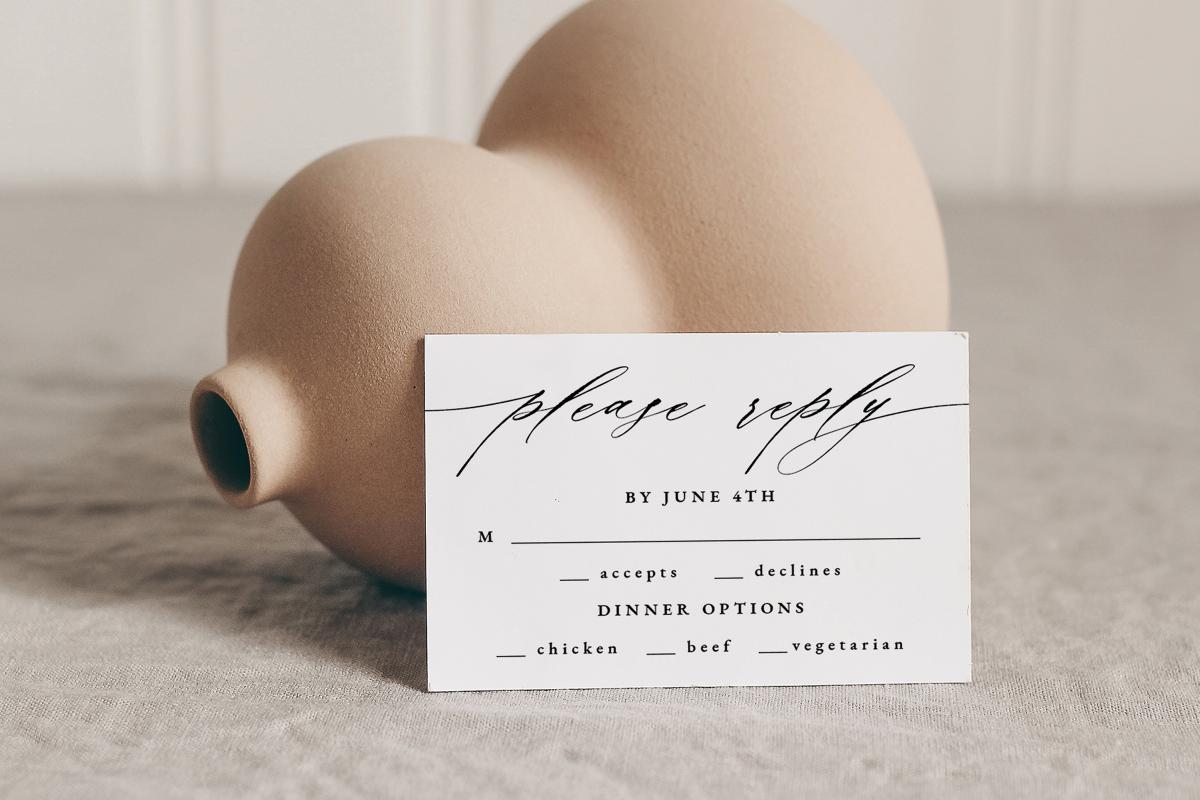
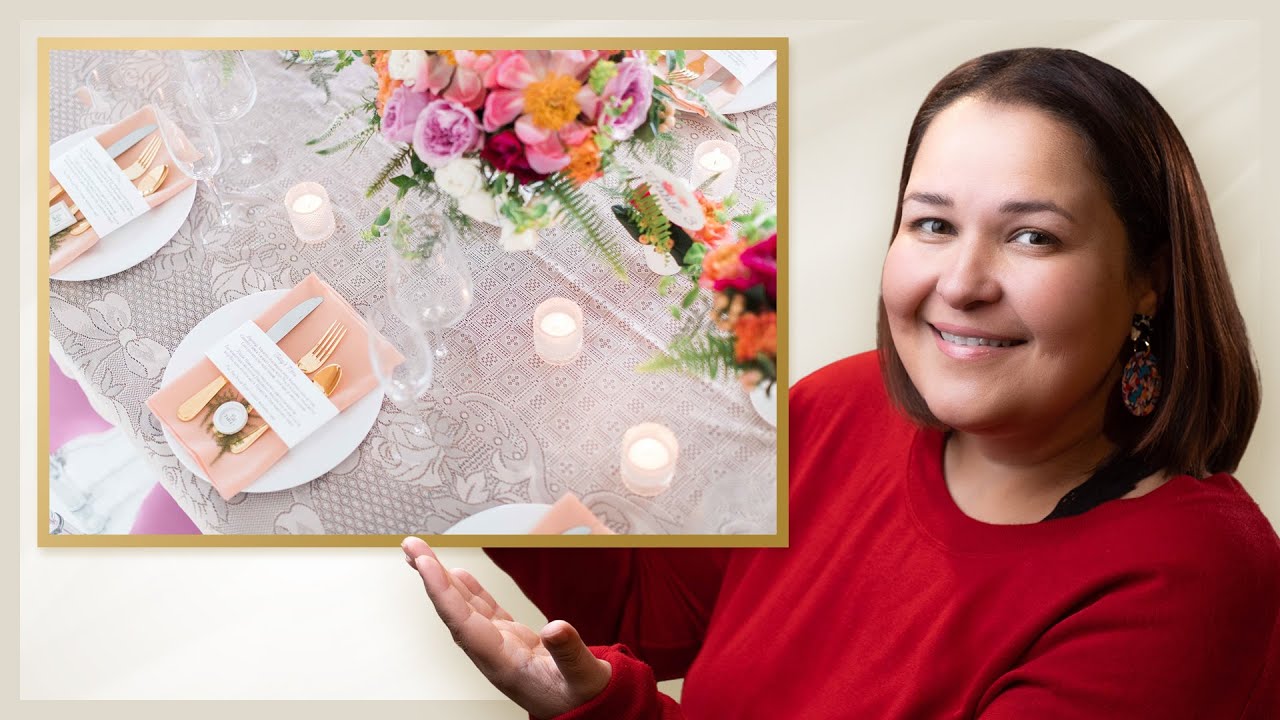
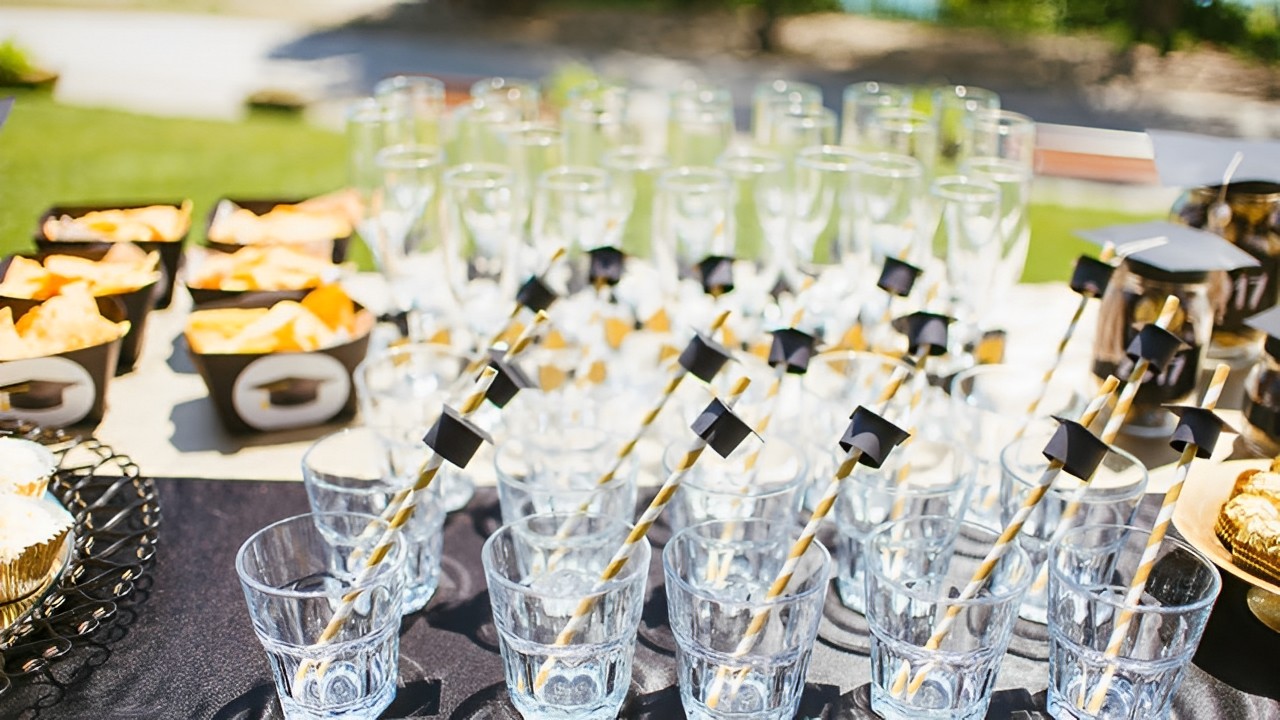
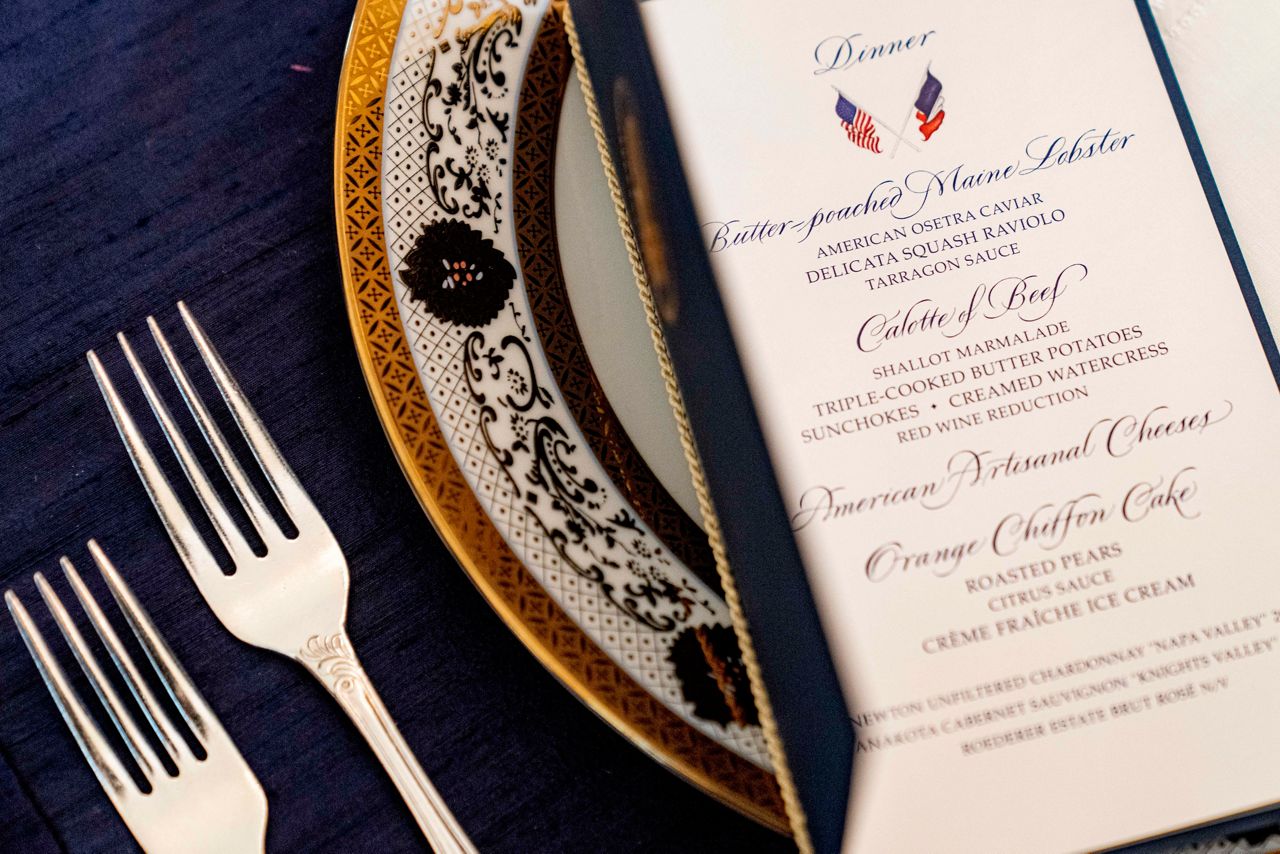

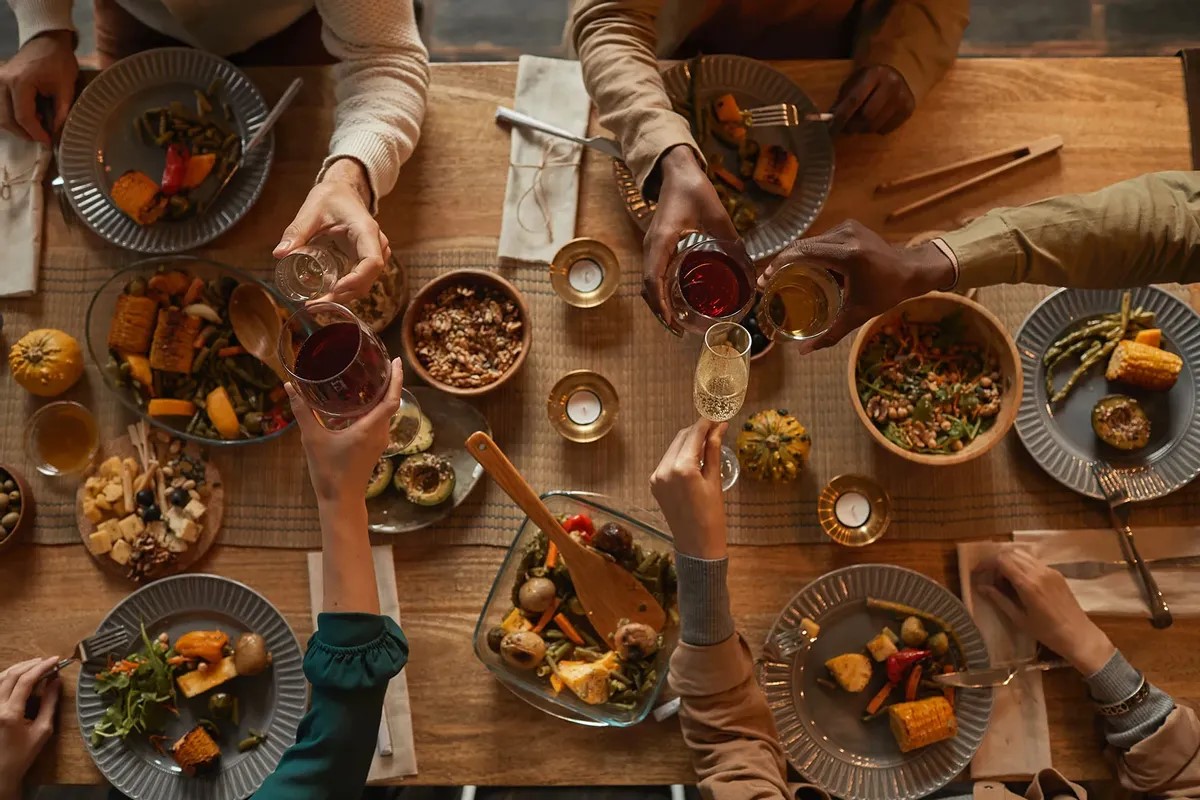
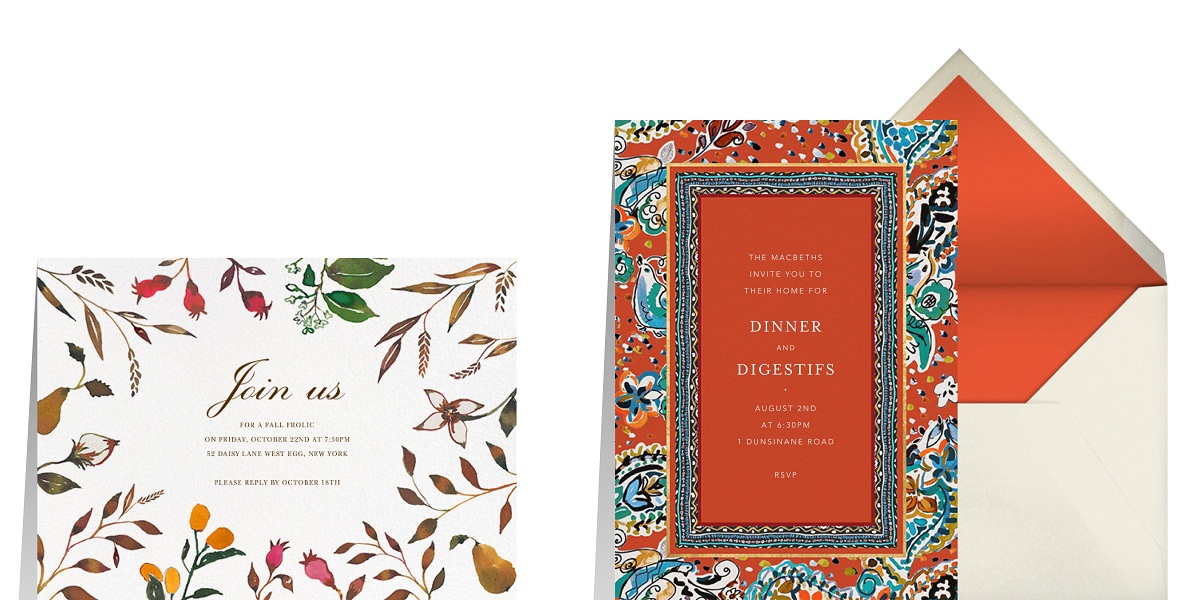

0 thoughts on “What To Write In A Dinner Invitation”